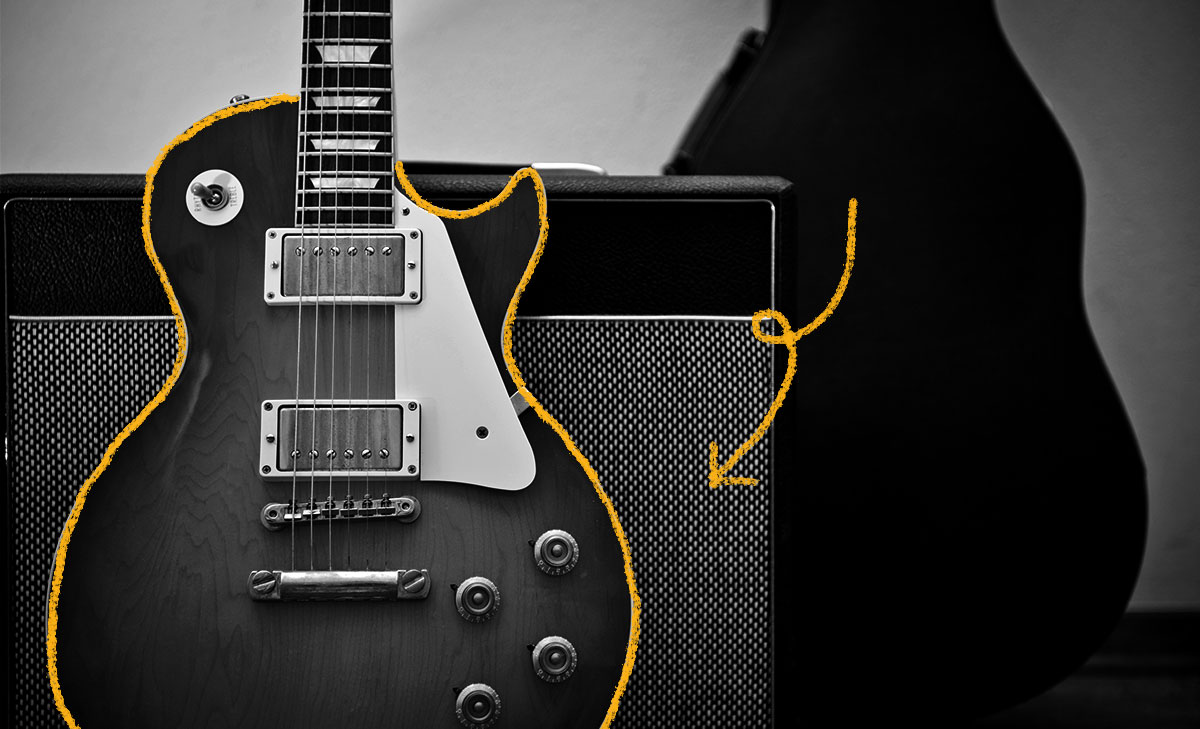Despite its massive cultural significance, we still don’t know exactly who invented the electric guitar. The earliest version of an electrified guitar dates back to around 1890, when an American Naval officer named George Breed created a self-playing guitar that employed electricity to play itself. However, it was impractical and not truly an electric guitar as we think of these instruments today. In true rock ‘n roll fashion, the groundwork for today’s playable eclectic guitars began with everyday rebels. Around the turn of the century and into the early 1900s, amateur tinkerers were known to take apart products like telephones, radios, and photographs to see what they could do. Some were able to get guitar sounds to come out of a speaker by placing a phonograph needle in the top of their acoustic guitars. Then in 1928, the Stromberg Electro, perhaps the first-ever commercial pickup, was advertised in an article in The Music Trades. In 1929’s edition of the Chicago Musical Instrument catalog, Stromberg boasted about an electric guitar and matching amplifier. However, the company simply vanished, but interest in electric guitars was only beginning.
In 1931, the Ro-Pat-In Company of Los Angeles (which eventually became Rickenbacker) built its first electric prototype. Lloyd Loar, a former Gibson engineer, began developing his own pickup in the 1920s and there is evidence that his firm, Vivi-Tone, built an electric guitar by the summer of 1932 that was then played by a popular act, Alvino Rey. While Stromberg, Ro-Pat-In, and Vivi-Tone all created an electric guitar, their designs were very different. While the Stromberg Electro was the first to come to market, the Ro-Pat-In functioned and sounded most like today’s guitars. It’s difficult to give credit to just one inventor or to construct a useful timeline of events. And the later years of electric guitar history are no different. The 1930s Slingerland Songster, Vivi-Tone, and Ro-Pat-In all compete for credit as the first solid-body electric. Humbucking pickups (made famous on the Gibson Les Paul) are often attributed to Gibson engineer Seth Lover (who invented them for Gibson in the mid-1950s), but an early version of humbucking pickups was featured in a patent for a telephone transmitter way back in 1887! The history of the electric guitar is as messy and rebellious as the rock ‘n roll music it later became famous for.



